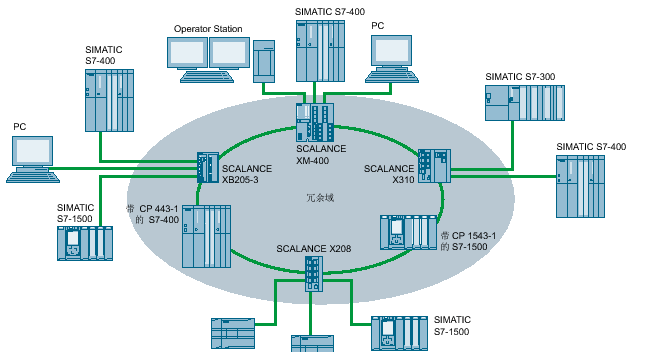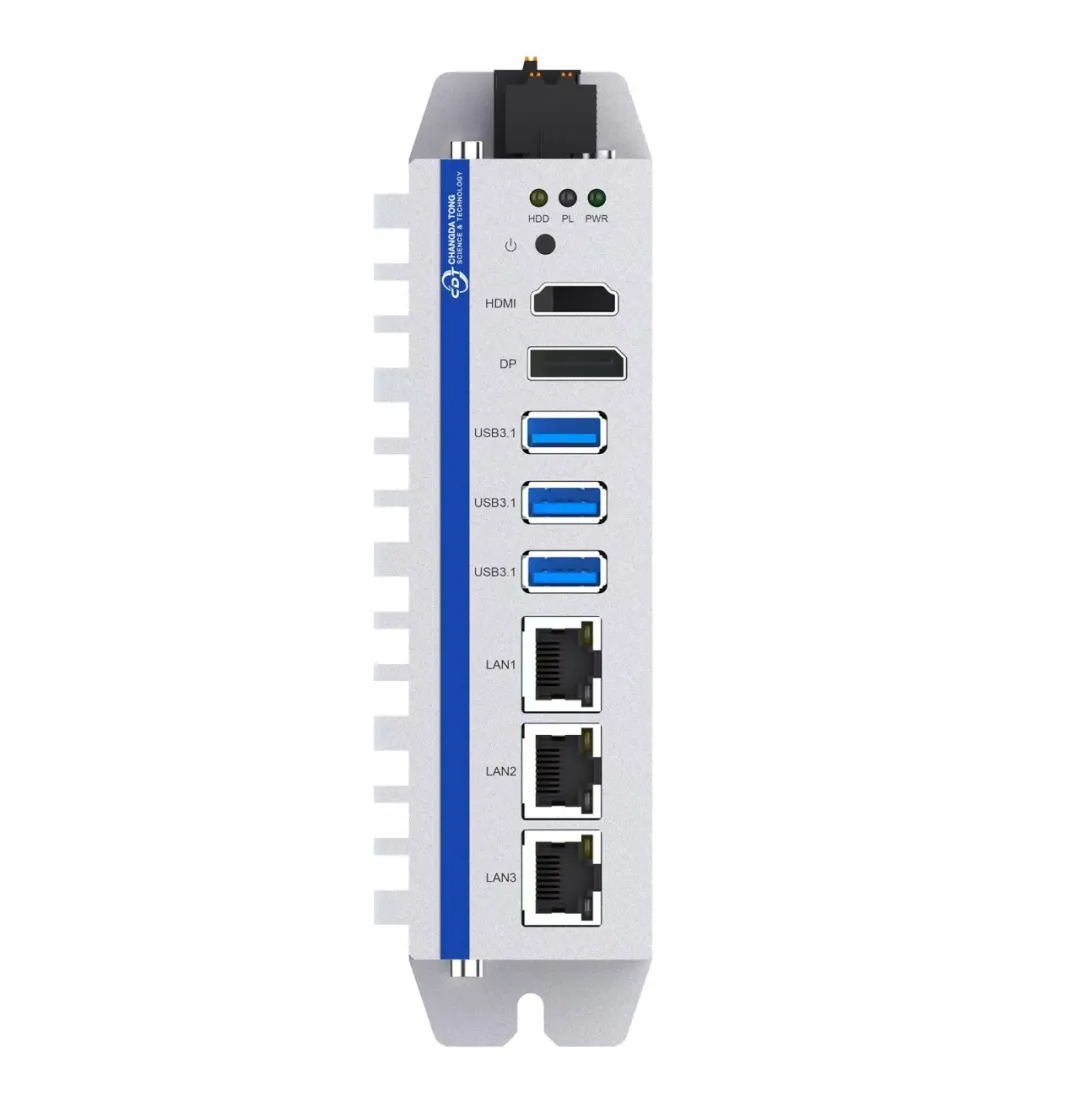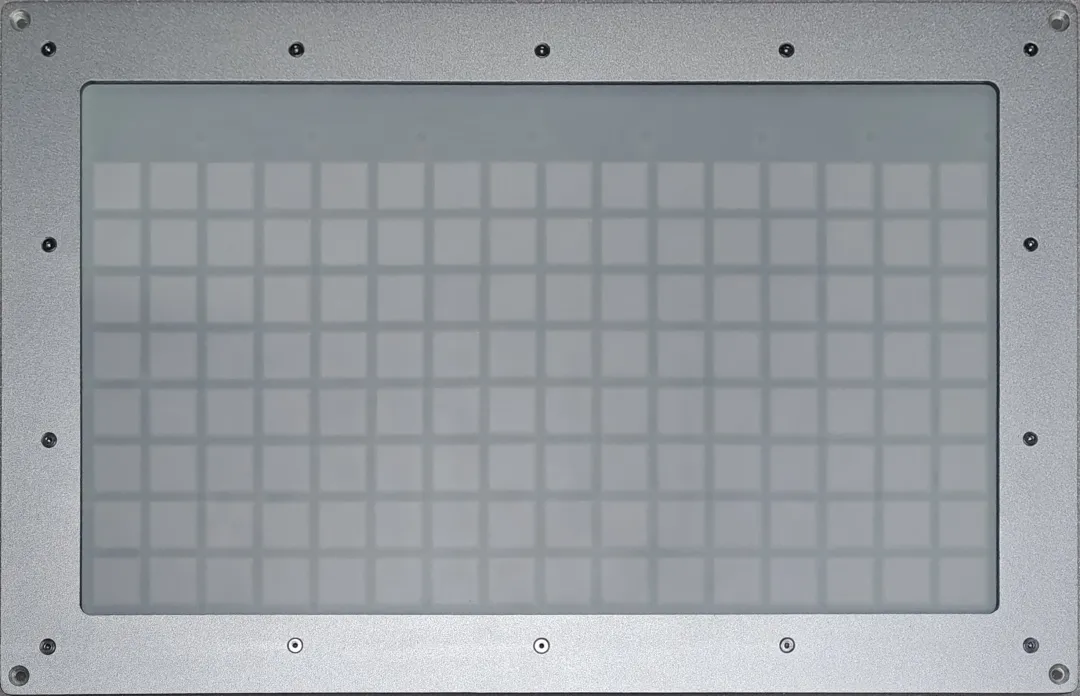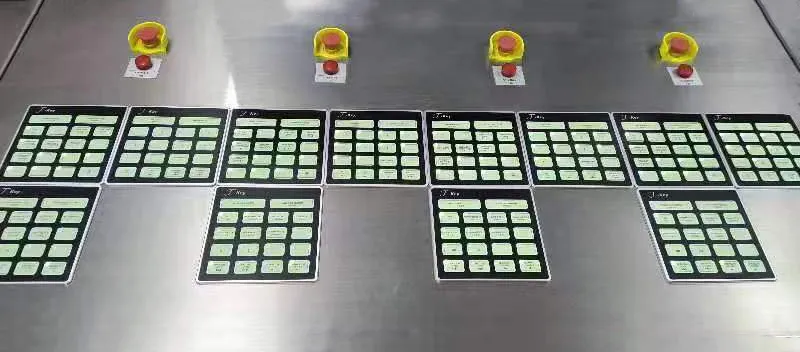PROFINET Industrial Ethernet Application - MRP Ring Network (Media redundancy)
When we engineers were working on the project, did we ever wonder if there was a way to keep the whole system running in the event of a disconnection/connection failure somewhere in the PROFINET network?
The answer is yes, and it can be achieved using PROFINET's Media Redundancy mechanism.
Media redundancy is achieved by transforming the linear network topology into a ring network topology, not simply by connecting the linear bus end to end (which would cause a network storm), but by using a medium redundancy manager. There is a redundancy manager in the media redundancy ring network, and the other nodes (PROFINET IO controllers/devices) are called redundant clients.

The media redundancy manager has at least two ports to which the front and back of the line bus are connected respectively. Under normal circumstances, the redundancy manager blocks one of the ports and uses only the other port to send data packets for network communication, which is called a static ring port, and the blocked port is called a blocked or isolated ring port. Therefore, under normal circumstances, the ring network still works as a linear network.
The principle is that when a disconnection/connection failure occurs somewhere in the network, the redundancy manager will detect the failure and open the previously blocked port. In this way, the interrupted network re-forms the linear network from the other direction, so that the system continues to operate. This process is called network refactoring.
MRP (Media Redundancy) function overview
SIMATIC uses the standard redundancy mechanism MRP (Medium Redundancy Protocol), which complies with the IEC62439-2 standard. The typical reconfiguration time is 200ms. Each ring network supports a maximum of 50 devices.
Media redundancy is part of PROFINET and integrated into all PROFINET functional areas, control or network components. Therefore, MRP is a manufacturer-independent protocol that can be easily used without any additional cost.
The dielectric redundant network architecture has the following advantages: The dielectric redundant architecture significantly improves the availability of devices, as the failure of a single device has no effect on communication.
The required repair work can be carried out without any time pressure, as the plant does not need to be shut down during the repair process.
In the event of a network failure, fast network diagnosis and faster troubleshooting are possible.
In the event of a failure, the cost due to the halt in production is reduced.
Configuration MRP ring network rules:
All points must support MRP and the MRP protocol must be enabled.
All devices must be interconnected through the ring network port.
Multi-mode connections of up to 3 km and single-mode connections of up to 26 km are possible between two SCALANCE X industrial Ethernet switches. At longer distances, the specified reconfiguration time may be longer.
All devices in a ring network belong to the same redundancy domain.
In a ring network, up to 50 devices can be connected, otherwise the recombination time will exceed 200ms.
One device in the ring network can be used as a redundancy manager, and the other devices are redundant clients.
All partner ports in the ring have the same Settings.
The connection Settings (transfer media/duplex) for all ring ports must be set to full duplex and at least 100 Mbps. Otherwise, communication data may be lost.
The time between the interruption of the configuration time loop and the re-establishment of a valid line topology (address table reset) is called the reconfiguration time. The total time value is usually less than 200 ms. If the watchdog time of the IO device is less than the reconfiguration time of the ring, the data communication with the IO device may be interrupted (station failure). Suggestion: When configuring the watchdog time and IO device, select a time greater than 200 ms (IO device properties: Choose PROFINET interface > Advanced options > Real time settings.


















Please first Loginlater ~